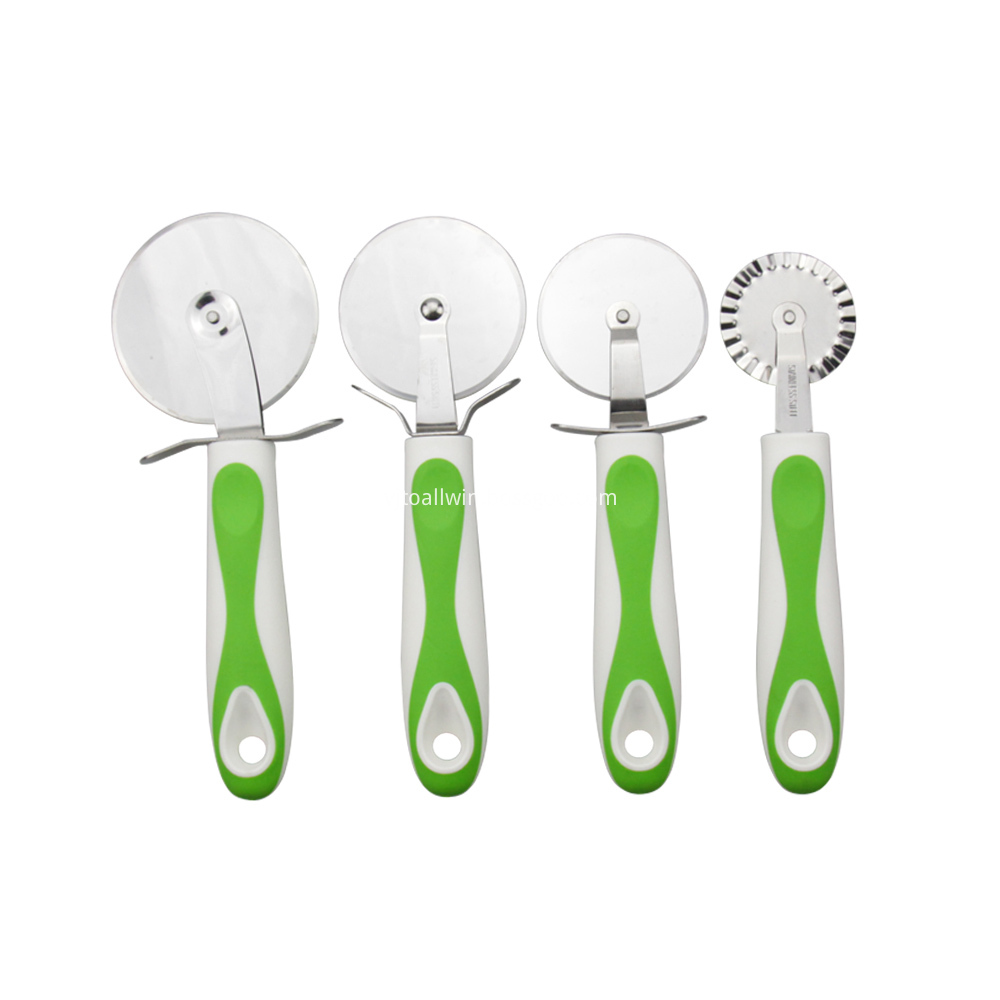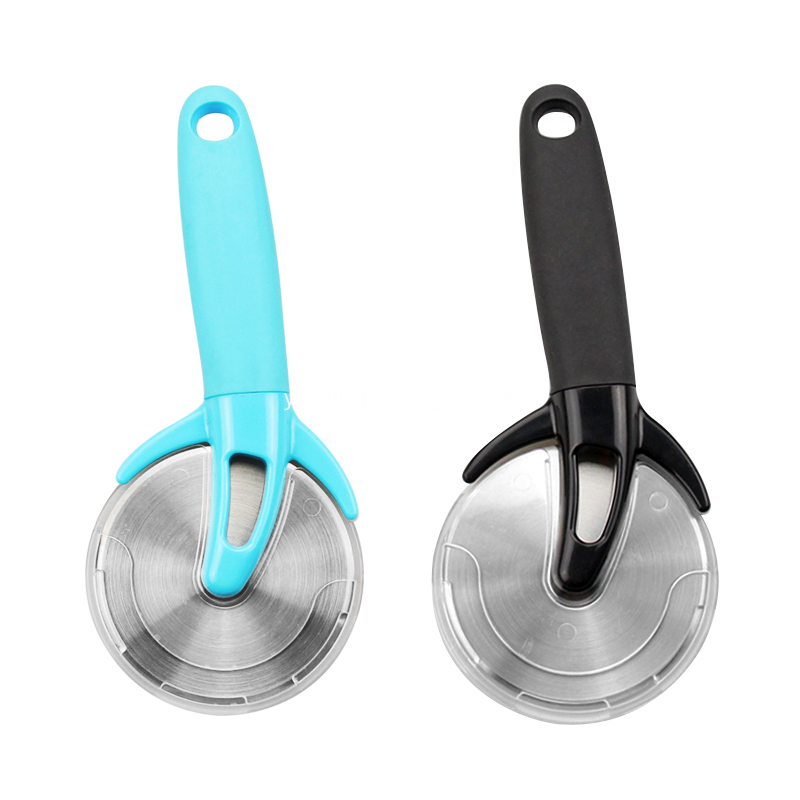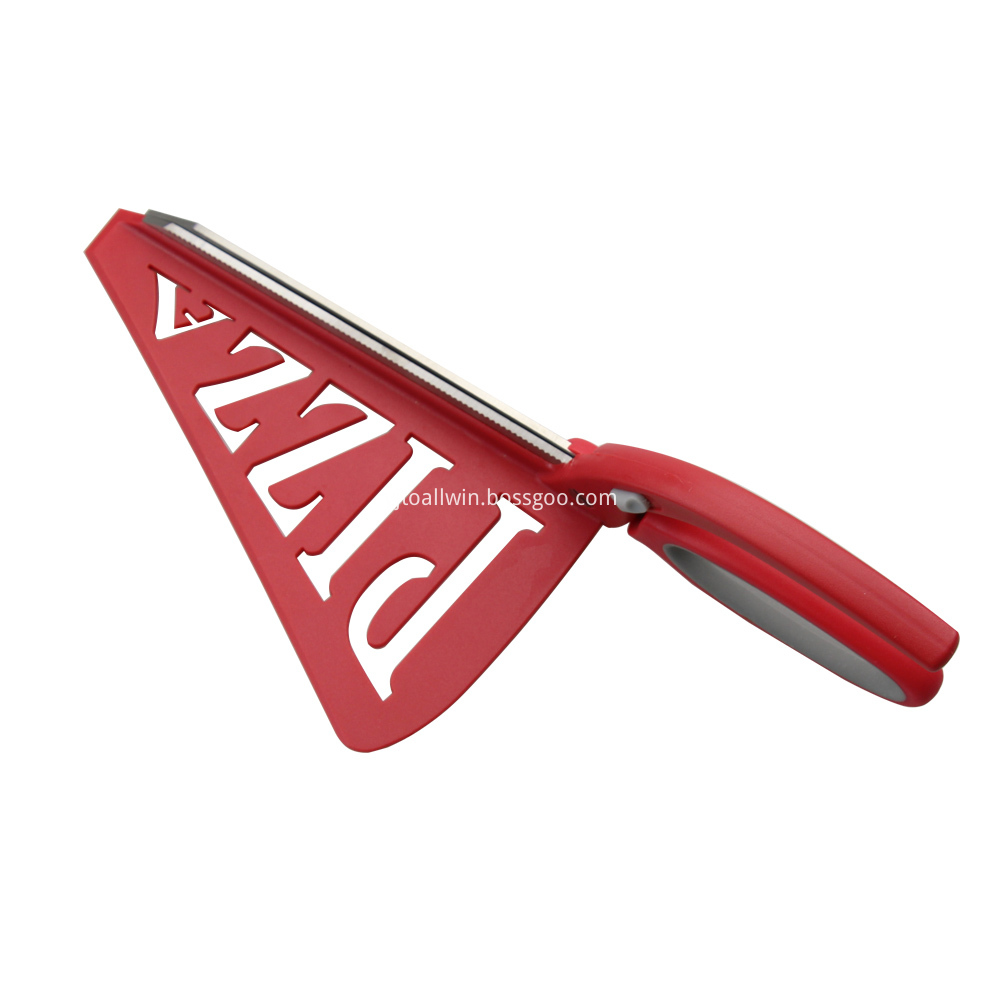Fruit packaging effect Packaging is a convenience in the sale and distribution of fruit. There are many special requirements: the packaging must protect the contents from damage during distribution, and retain its shape after a long period of relative humidity close to saturation or sometimes water leaching. And strength and so on. The packaging design also takes into account the heat of the field that allows the product to be discharged, as well as the rapid cooling when shipped to a cold storage or transportation temperature and the continuous removal of the product's respiratory heat. Due to the crisp texture of many products, the package should withstand stacking and be suitable for large-volume operations. For display, packaging should be able to attract consumers. Packaging varies by material, size, and shape. At present, there are more than 500 types of fruit packaging in developed countries such as the United States. In the past, they had devoted themselves to standardization and security, mainly due to economic considerations, and their success was limited. However, they have been applied in the use of applicable materials and increased load-carrying capacity. Great progress and change. The most obvious aspect of packaging advancement is the use of corrugated carton packs instead of wood (some with plastic packaging), i. mechanized volume filling packs instead of manual operations (in a wide variety of fruits and vegetables), from single pack processing to pallets. With large units of processing, these advances and changes require a special commentary on the packaging of horticultural products. Fruit requirements for packaging The development and evaluation of a successful fruit packaging is mainly based on the requirements of the fruit being packaged. Such requirements vary widely according to varieties of fruit, marketing plans and packaging methods. However, there are many general rules that apply to most fruits. First, protect fruit from cold Fruits should avoid all physical injuries when they are handled and distributed. Some obvious wounds (such as cuts, stab wounds) are already produced before packaging. This part can be reduced through perfect supervision and selection. However, some wounds are The accumulation of the processing stages requires that the packaging operation and the packaging avoid the following injuries: (1) Impact Injury Impact damage is caused by a single fruit or a collision between a single fruit or a hard object in a package. Shock damage may not be visible on the outside, and dropping the fruit in the package at random is usually the main cause of injury. Therefore, when the bottom of the box is carefully cushioned and filled, the volume filling material should be soft and elastic, which can reduce the occurrence and severity of the injury. Packing Consequences The bottom liners can be used to reduce injury when palletized. To prevent rough operation of the forklift. Therefore, in order to reduce the impact of fruit damage, we must meticulously operate and strengthen supervision. (2) Compression Damage Compression damage is caused by improper packaging and improper packaging performance. The size of the package should be carefully adjusted to fit the volume of the packaged fruit, avoiding the compression damage caused by overpacking. Overpacking and stacking are too high, the packaging is curled, and the fruit absorbs most of the stacking pressure, causing compression damage. Therefore, the package must have sufficient strength to support pressure and high humidity resistance. (3) The injuries caused by shock and fluffing of the fruit in the packing box are less noticeable. The damage caused by shocks is usually limited to the surface of the fruit, but the quality of sales is reduced. Soft fruits may damage deep flesh. In order to prevent shock damage, the fruit should be kept in a proper density in the packaging and be placed in the packaging box. When hand-wrapping, fix the material on the side of the box. Wrapping, platters, cups, shim, liners, and caregivers are all effective. When filling a volume, it can be fixed with a liner and a lid. A special operation called fruit packaging is specifically designed to fix volume filled fruit, and the fruit remains fixed after filling. The appearance of the package must be kept normal and there are more gaps between the contents, otherwise it will be more prone to transport injuries. Second, temperature management Fruit packaging must be able to adapt to the fruit that has special temperature requirements. Temperature management should meet the good contact between the packaged fruit and the external environment. In general, ventilation can quickly remove heat from the package. Increasing the size of the vent within a certain limit can promote heat exchange. Corrugated carton packs, with 5% lateral ventilation area or padding at the bottom, can be quickly cooled by ventilation, and will not overly soften the package by moisture. A suitable small number of large vents is preferred over many small vents. When transporting, the effect of these vents is mainly determined by the loading mode, so that the cooling air can reach the ventilation holes when loading. Some fruits have to be cooked before retail, need to be evenly heated and treated with ethylene, and the packaging must be suitable for warming and passing gas. The box hole should not be blocked by internal packaging or underlayment. Third, prevent moisture loss Many fruits lose, shrink, and dry due to moisture loss during post-harvest handling and sales. Loss of water is caused by a difference in water vapor pressure between the fruit and the surrounding dry environment. During storage, high relative humidity can be maintained to reduce moisture loss. However, it is difficult to control the environmental humidity during transportation and sales. Therefore, the packaging must have insulation effect. Many packages can block fruit moisture loss. The apertured plastic film liner facilitates gas exchange while still maintaining substantially saturated moisture within the package. An open polyethylene wax emulsion coated on the corrugated board surface. The moisture barrier in the package must not be able to block the flow of air through the package holes. The polyethylene film is used to pack the peach in shallow pans. Increasing the air flow during refrigerating can make up for the sealed package barrier. Fourth, to facilitate special treatment Certain fruits that require special treatment must consider the choice and design of the packaging. For example, grapes are fumigated with sulphur dioxide to control disease, and some fruits are fumigated with methyl bromide to control pests. These treatments all require a well-ventilated package to facilitate the passage of fumigated air. Ventilation designs that are generally capable of rapid cooling are also suitable for fumigation. However, grapes are packaged with sulfur dioxide liners to gradually release sulfur dioxide, which requires the packaging or plastic liner to restrict ventilation. Ethylene may be beneficial or harmful to different fruits. It has been pointed out that the treatment of ethylene during ripening of fruits requires ventilation packaging to achieve consistent warming. Conversely, certain fruits must be protected against the action of ethylene. Venting should be restricted if substances that exclude or absorb ethylene are placed in the packaging. The spontaneous, controlled storage of certain fruits, especially apples and pears, uses partially sealed polyethylene packaging liners that can accumulate between 2% and 3% of carbon dioxide in the liner to prolong fruit life, but due to the packaging cushions The suppression of heat exchange and the delay in the cooling of fruit, therefore, from a modern perspective, the real benefits are questionable. The use of this technology has recently been gradually reduced, and the interest in packaging of single-fruit films in packaging has increased. V. Compatible with other mechanical processes Most processing systems still have to be hand-carried, which limits the packaging of heavy fruit. Some systems are designed for pallets and mechanical handling (such as watermelons). Therefore, the design of the packaging must be compatible with the handling and handling of the packaging machinery. To be suitable for a whole and mixed loading process. The packaging should also take into consideration that the possible climate and pollution are always suitable for special needs. The packaging should use different materials. The wood packaging is suitable for mechanical handling of fruits and long-term storage or storage under high humidity conditions. Some existing foams have been used. Packaging alternatives.
Pizza Cutter Pizza Cutter,Stainless Steel Pizza Scissors,Plastic Pizza Cutter,Stainless Steel Pizza Wheel YANGJIANG TOALLWIN TRADING CO., LTD , https://www.kitchenknife.de


VERY VERSATILE Pizza Cutter - Easily Cut Firm Thin Crust All the Way up to Soft Deep Dish!
ULTRA SHARP STAINLESS STEEL - 100% Safe & Rust Resistant!
ERGONOMIC SOFT HANDLE - Designed for Comfort & to Prevent Hand Fatigue.
DISHWASHER SAFE - Simply Throw it in the Dishwasher for Quick & Easy Cleanup